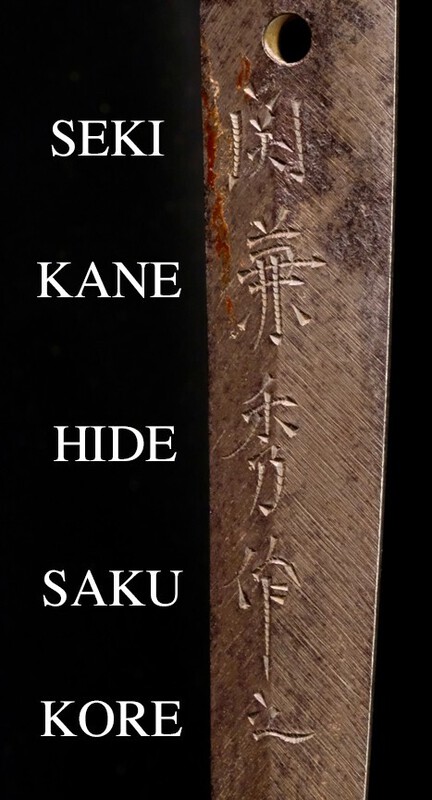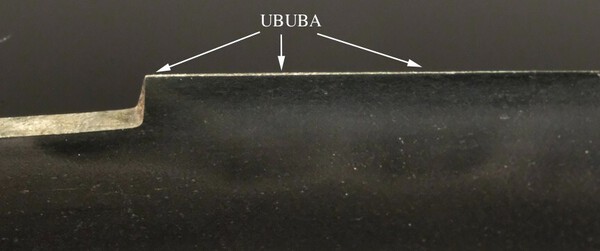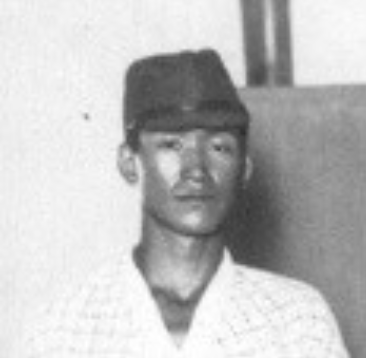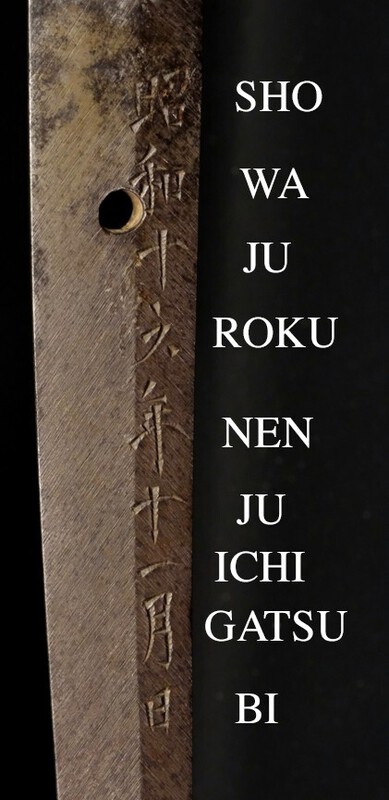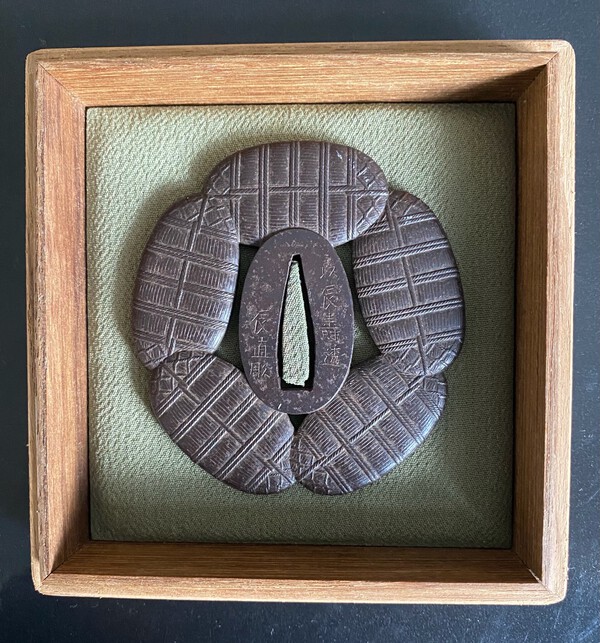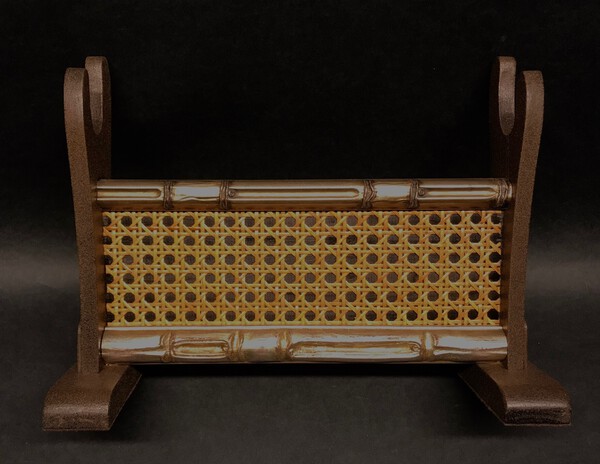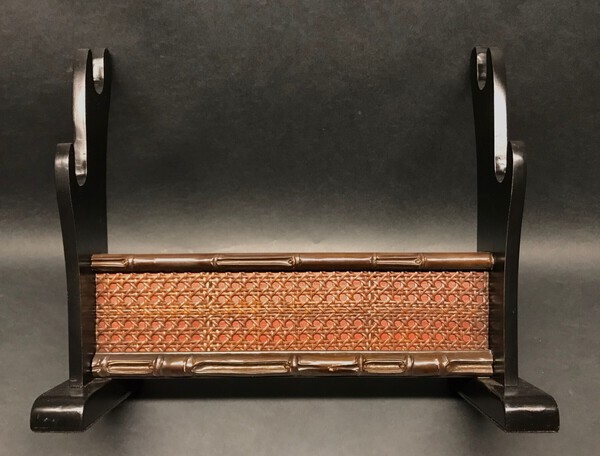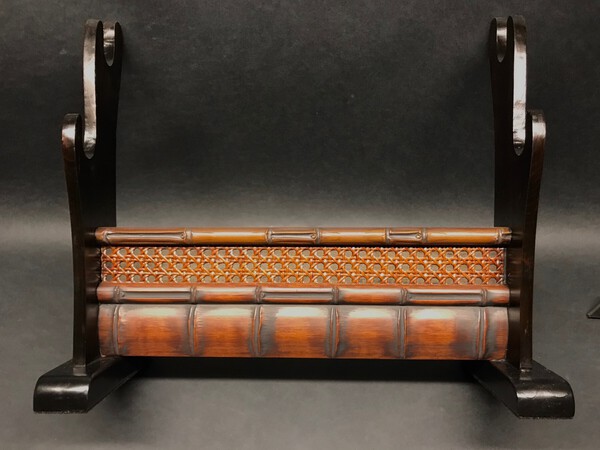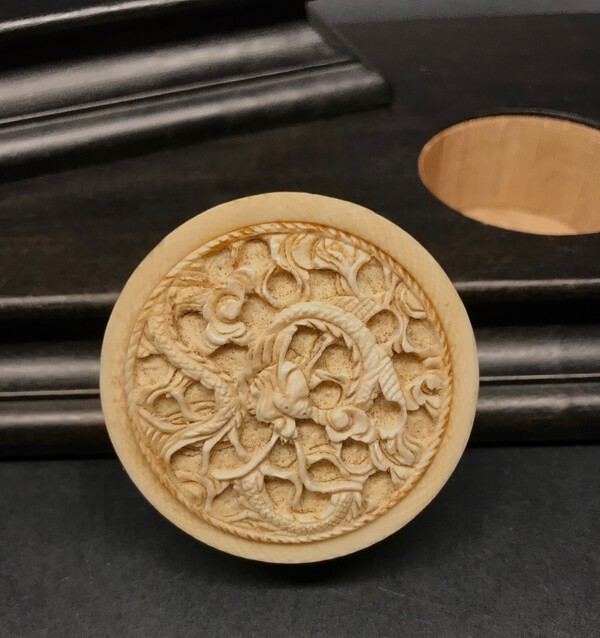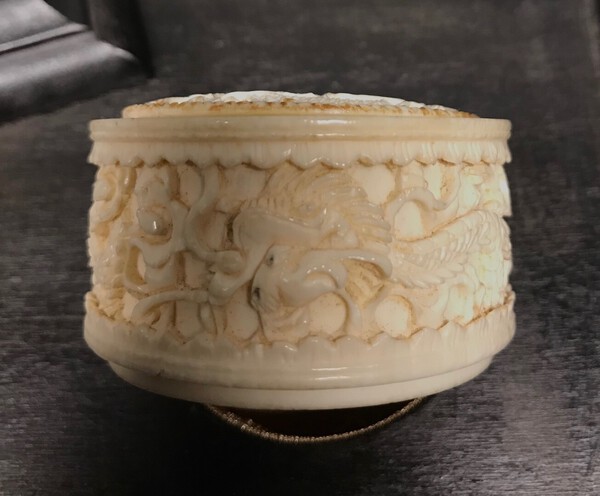-
Posts
1,785 -
Joined
-
Last visited
-
Days Won
43
Everything posted by Ed
-
Mauro, That is not entirely true. When I co-owned my small shop in Fukuoka there several times when we disagreed with an NBTHK attribution. My partner who was Japanese went to the NBTHK and confronted them about their attribution. Of course he went armed with documentation to support our opinion, but every time their decision was changed in our favor. I always felt it was due to them being overwhelmed with the volume of swords they were required to judge in such a short period of time. They simple do not have time to do proper research on the swords which require more time. You have probably seen a shinsa outside Japan, it is conveyer belt style with each sword receiving 1-2 minutes of judgement. If not textbook perfect, it gets bounced.
-
This kind of attribution is common these days. From what I understand it is a multi faceted problem. Older shinsa team members have passed on or retired. Newer members are not knowledgeable enough to be confident in more specific attributions. They err on the side of safety. Same with swords, just look at the results of last years juyo shinsa, 80% fail rate if memory serves me.
-
Not understanding why anyone would advise against this or where you got that information. Ultimately, it doesn't matter what anyone else thinks. It is yours, if you want a koshirae made, go for it. Cost is the only reason I can think of why anyone would advise against having having a koshirae made. Depending on the style and the level of quality, your budget may be insufficient. It is not cheap to do. Keep in mind that there are additional costs incurred outside the koshirae itself. Shipping, insurance both ways, torokusho fee, broker fees, etc., etc. Also, it is time consuming if you plan to have it done traditionally whether here or in Japan. Curing Urushi takes quite a while. There is a process for importing a blade into Japan. I wouldn't call it complicated, but it is subject to the Japanese rules and takes a little time. I am preparing a couple for shipment now, have one currently awaiting the next Shinsa.
-
Thank you for posting it. I like it, although if those tusks are ivory, it will probably never get out of the UK. Even if not ivory, I suspect shipping to the US will be met with opposition from the know it all powers that be. Best, Ed
-

Chicago Sword Show April 26-28, 2024
Ed replied to Mark's topic in Sword Shows, Events, Community News and Legislation Issues
It was a great show. I too, didn't get to stay the entire show, but had a great time seeing old friends, made a few new friends and saw a ton of nice swords and fittings. Didn't take any sword photos but here are a few photos for your enjoyment. Edit: Sorry, it only allows so much for uploads. I have many more but couldn't upload them. Juyo Goto Ichijo Juyo Nobuiye -
Glad it helped.
-
-
KANEHIDE, SEKI INTANGIBLE CULTURAL PROPERTY 2 MILLION YEN SMITH MEI: SEKI KANEHIDE SAKU KORE DATE: SHOWA JU ROKU NEN JU ICHI GATSU BI (NOVEMBER 1943) NAGASA: 26" OVERALL: 34.375" MIHABA: 1.25" KASANE: 0.25" SORI: 0.5” Courtesy of Sesko’s, Swordsmiths A-Z: KANEHIDE (兼秀), Shōwa (昭和, 1926-1989), Gifu – “Nōshū-jū Kanehide” (濃州住兼秀), “Nōshū-jū Kanehide kinsaku” (濃州住兼秀謹作), “Nōshū Seki-jū Kanehide saku” (濃州関住兼秀作), “Nōshū Seki-jū Kanehide kinsaku” (濃州関住兼秀謹作), real name Tanaka Isao (田中), he was born August 24th 1913 in Ōkura (大桑) in Nagano Prefecture, in 1928 he went to Kōchi Prefecture and studied there under Kawashima Masahide (川島正秀), in 1937 he moved to Seki and entered another apprenticeship under Watanabe Kanenaga (渡辺兼永) whereupon he became the head of the coaching section of Kanenaga´s training center Watanabe Kanenaga Nihontō Tanren Juku (渡辺兼永日本刀 鍛錬塾), he retired from this post in 1940 and founded in February 1941 the company Seki Tōken Corp. (関刀剣株式会社), during World War II he worked as a rikugun-jumei-tōshō but after the war he did not continue to forge swords until spring 1954. He received the title of intangible cultural property of Gifu prefecture and died in 1989 at the age of 75. References: Hawley’s pg. 165 (KAN 850) Toko Taikan TK-122 Gendaito Meikan pg. 81 Sesko’s pg. 204
-
Yoshimune was an excellent smith and rated at 2 million Yen. He only made High to Superior Grade Gendaito. As with many swords from the Shinshinto period forward, the hada is a tight ko-itame or muji. Neil's sword is pictured on page 199 of Slough's. It is the one on the right with the Hachiman Daibosatsu inscription. The one on the left next to it is excellent as well.
-
Are any of these for sale?
-
The older or more rare the sword the more lenient they may be. You need to posts good high resolution closeups, which are in focus. It is difficult to give an opinion on a verbal description only. Seeing photos will give people here something to base an opinion on and while not a guarantee, it may help you in your decision to send it or not. Additionally, I would point out that it is difficult to say what a shinsa team will decide. It could pass this time, and fail next time.
-
The sword is signed Bungo Ju Yukinaga. My guess is gimei, it is poorly cut and I think you will find it doesn't match any known good oshigata. The blade condition is what I would call poor to fair and the koshirae is mediocre at best. I can't remember what the tsuba motif represents right off, but I imagine someone will provide you with that.
-
Good thing you passed on it if you had any thought of it being Yasutsugu. Absolutely gimei.
-
-
-
Got my ass in gear and corrected that.
-
Confucius Ed says, to assess the sword, one must see the sword.
-

Surrender tag and mei on a possible nagamaki
Ed replied to Shuriken's topic in Translation Assistance
It seems to me you were thinking of Naginata Naoshi opposed to Nagamaki. True Nagamaki are quite rare. I see no evidence of this being either. More likely a Shinshinto katana / tachi with O-Kissaki. Yours is in Gunto Tachi mounts. It seems he is one of those smiths, like Tadayoshi, who signed tachi mei. The examples posted by Jussi are mounted as katana, yet signed Tachi mei. Not positive, but likely that enryu is just another "go" or a condensed variation of enryushi. Oddly enough, I could not find a listing of Enryushi using the characters Jan and Jussi provided (延竜子). There are many variations of the spelling/pronunciation used in "go" such as: Tenryushi 天龍子 Kenryushi 見龍子 Genryushi 現龍子 Enryoshi 延陵子 Senryushi 渕龍子 Endoji 渕童子 Enryushi 渕龍子 Enryushi 淵龍子 Enryushi 円龍子 -
Hey Kirill, Your comment cracked me up. Can't say I know anyone who enjoys looking stupid. I agree with your thoughts on sugata, yet I also think it prudent to reserve judgement or opinion until more information is revealed. Hard to do much more than speculate when judging from one poor photo. Best, Ed
-

Surrender tag and mei on a possible nagamaki
Ed replied to Shuriken's topic in Translation Assistance
Just curious, why do think this is a nagamaki? -
Morita San, Thank you very much for your expertise. I suspect I would never have figured that one out own my own, Thank you very much, Ed
-
Steve, Yes, I have been looking at it for days, which is why I finally decided I needed help with it.



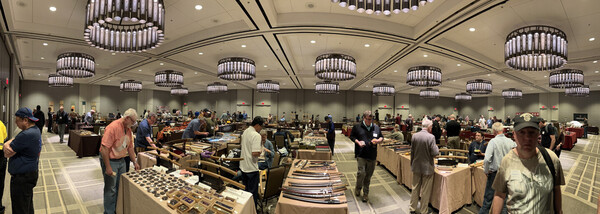
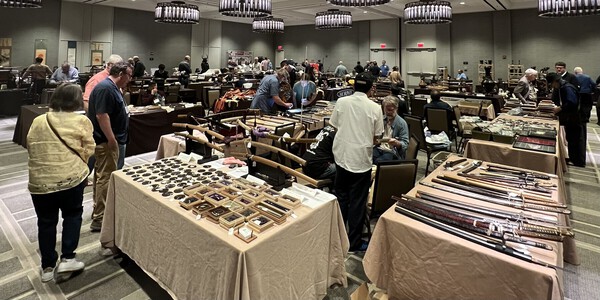
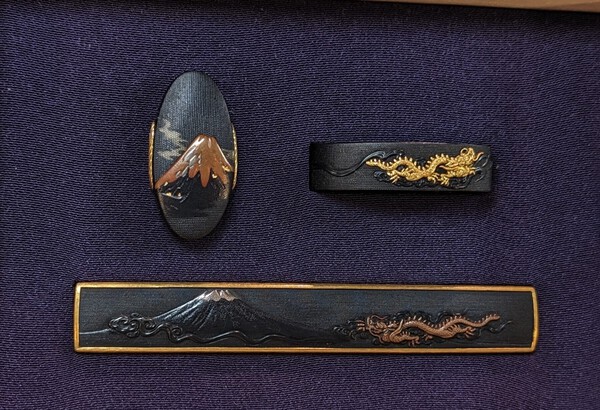
.thumb.jpeg.56550838c9bc4a040363c71d3ccdefeb.jpeg)







